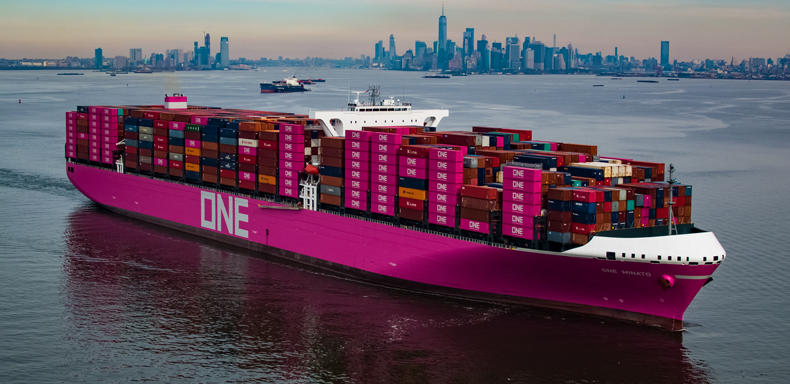




CONTAINER shipping is by far the most carbon efficient means of transporting goods across the world, but because more than 90% of the world's traded goods are seaborne, the sector still has a major environmental impact.
As a result, IMO regulations to reduce sulphur content in fuels from 3.5% to 0.5% took effect at the beginning of 2020.
However, with the world still in the grip of a global pandemic, shipping companies need to reassess the measures they have in place to meet compliance and determine the best way through the pandemic and beyond.
The Covid-19 impact
One of the primary concerns of IMO 2020 — the availability of compliant low-sulphur fuels — has diminished because the world's air and surface transportation has come to a near standstill as part of the impact of the pandemic. Container shipping has benefited from an increased supply of low-sulphur feedstocks and can probably expect relatively cheap low-sulphur fuel for at least the next year.
The abundance of low-sulphur fuel and accompanying price plunge has greatly reduced the incentive to buy scrubbers, allowing some shipowners to delay their installation plans. In that sense, the pandemic has given the industry more time to adapt to the IMO 2020 specifications.
As a responsible container shipping business, Ocean Network Express (ONE) has recognised the importance of minimising its environmental impact to ensure its operations remain sustainable in the long term. Like other ocean carriers, ONE has examined the potential requirements to comply with the new regulations:
I Convert to low-sulphur compliant fuels;
II Exhaust gas scrubber installations;
III Switch to liquefied natural gas (LNG) which contains low or zero sulphur.
As at January 1, 2020, ONE had reached compliance with the new emission limits and continues to review where it can further reduce its impact on the environment and operate in a sustainable manner.
A step in the right direction, but more needs to be done
The sulphur cap only tackles one pollutant and does not address other sources of pollution such as particulates, nitrogen oxide or carbon dioxide emissions. More needs to be done in order to meet the IMO's 2050 target of reducing shipping's total annual GHG emissions by at least 50% compared to 2008. That would align shipping with the Paris Climate Agreement's temperature goal, which seeks to limit global warming.
Climate change is a major risk factor for shipping. An ambitious target for shipping's emissions reduction is a strong driver to meet the challenge of such risk. To that end, ONE is intending to cut its CO2 emissions (in gram/teu-km) by 25% by 2030 and then to 50% by 2050, from a 2018 baseline.
Decarbonisation of maritime transport can also be approached y other means. For instance, existing technology could improve the efficiency in construction and operation of vessels. Operational measures, such as improving terminal operation efficiency or micro-management of voyages, could also help. Renewable energies such as biofuels or electricity from wind and solar power can accelerate the journey towards carbon neutrality.
A concerted effort is needed to drive sustainable change
Cleaning up global shipping is a mammoth task that can only be achieved through the concerted efforts of all stakeholders in the global supply chain. Businesses must do their part to comply with environmental regulations, looking beyond short-term profits to prioritise long-term sustainable business growth.
ONE recognises that growth and sustainability are not in conflict. Moreover, ONE believes it is in the alliance's best business interest to ensure it has a strong environmental management system in place. "Business as usual" is no longer an option, as the longevity and profitability of ONE now depend on a proactive approach to sustainability. Policy makers, shipping authorities and businesses must work collaboratively to deliver transformative technology and solutions that will lead to a more sustainable industry.